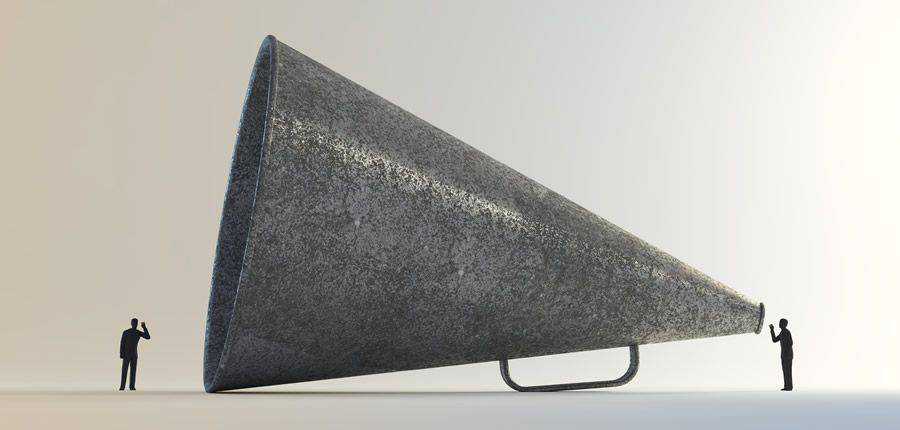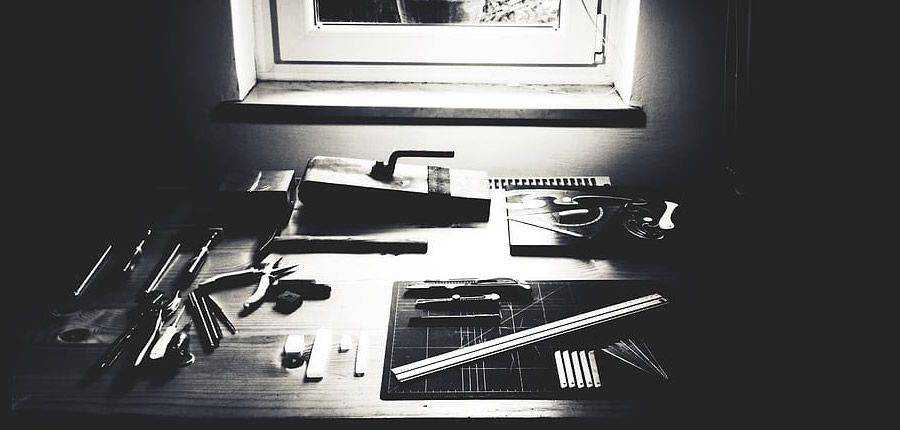There’s a common saying in the fiction-writing world: kill your darlings. No, this isn’t some morbid encouragement to do bodily harm to your loved ones. Killing your darlings means that you should never get too precious about what you put down on the page.
If something is not working – whether it’s a word, a sentence, or even a whole page or chapter – any writing instructor worth their salt will tell you to simply remove that part from your work and start again.
Too often, we will labor over work that we know, deep down, is flawed, but that we somehow hope against hope that we can fix. Sometimes we can. But the majority of the time, that hope is completely in vain.
We’re going to uncover a few strategies creative professionals can use to quickly do away with all those bad design ideas, and move on to the good ones.
To The Scrap Heap
We’ve all done it. We’re happily working away on a project, everything is going smoothly – then we hit our first snag. A color choice that seems off; a piece of copy that isn’t quite hitting the right notes with our target audience.
But, instead of stopping immediately and performing emergency surgery, we decide to let the “illness” fester and grow until it becomes a giant, looming monster with a mind of its own, threatening to overtake the entire project. Don’t worry, though; it’s okay. You didn’t know that tiny little thing would grow into such a big deal. Or did you?
Listening to the Little Voice
Most of the time, we know when we’ve just planted a bad seed in our work which will inevitably bloom into a hideous flower. We can see the crack in the facade hours, days, weeks or sometimes months before it spreads.
We all have a little voice in our heads that tells us ‘nope, this isn’t going to work’ right when we make the first fatal mistake. Whether we choose to listen to it is a completely different story.
If something isn’t working, it’s absolutely imperative to scrap it and start over as quickly as possible. If you don’t, you only end up wasting more time and prolonging the inevitable. I can’t tell you how many projects – both personal and professional – that have taken far more time to complete than necessary simply because I was too stubborn to abandon a poor decision.

Speed Is The Key
Of course, I’m not suggesting that this is the easiest path to take with your work – far from it. It can be painful to suddenly dump something you’ve been laboring on and start over. Like ripping off a bandage that’s stuck to your skin, it can sting to do what needs to be done.
But it’s infinitely preferable to just get it out of the way than making the process slow and messy. If you don’t think so, remember back to a time you tried pulling a bandage off slowly, rather than quickly.
It hurt a lot more when you did the former, didn’t it? When revising your designs, quick, sharp, and ruthless is always the better approach.
Use A Sharp Blade
The next time you feel yourself becoming stubborn about something that isn’t working, try getting up and walking away for a few minutes. Longer, if you can – a few days can give you a remarkably fresh outlook on just about anything.
Ask someone you trust for their opinion; chances are that they will confirm what you already know to be true. If you’re getting a second, third, or fifteenth opinion, and they’re all telling you the same thing, you’ll know that it’s time to get out your scalpel and make the cut.
Cutting into your work hurts no matter what. We’re very possessive of our creative output, and we can agonize over “hurting” it or removing any parts. Unfortunately, there’s little you can do about that feeling. It’s part of being a creative person.
But a clean cut is easier to bandage and heal than a jagged one. In culinary school, future chefs learn that cutting one’s self with a sharp knife is much better than doing so with a blunt one. And by ‘learn,’ I mean, we slice our poor fingers so many times that we never even think of picking up a knife without sharpening it first.

Immediate Relief
Once you start over and dump whatever isn’t working, you will immediately notice the benefits of doing so. Your work flows more smoothly, and you begin making interesting connections you couldn’t before.
You gain clarity and creative insight, and typically you’ll finish your work much quicker than you expected. Maybe you’ll even finish ahead of schedule and surprise your client or yourself.
I’m sure you can think of at least one project you’ve been stalling on that will almost certainly pick up momentum once you eliminated whatever you know isn’t working. I know I can.
Killing your bad ideas isn’t something you learn once and then forget about. It takes constant vigilance to catch yourself whenever you feel any reluctance to “perform surgery” on your work.
We creatives can be stubborn, refusing to listen to our intuitive voices of reason when they attempt to steer us back on the right path with our work. We insist we can fix what’s not working not by removing it, but by working it to death, forcing it to bend to our almighty will.
This is almost always a terrible idea. The sooner you can learn to face facts and be honest with yourself, the smoother your workflow will be.
The post Doing Away With Bad Design Ideas and Moving on to the Good Ones appeared first on Speckyboy Design Magazine.
